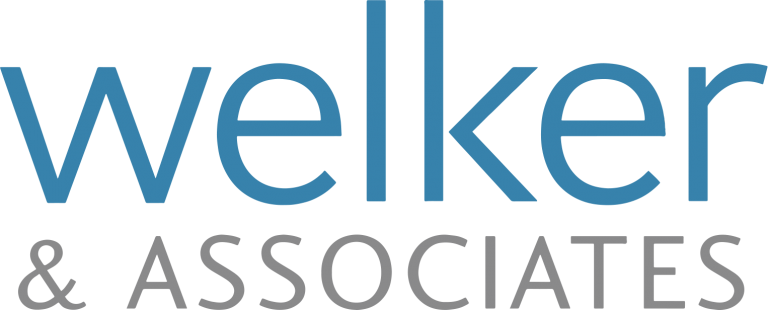For the majority of Canadians, debt is a part of our everyday lives. Going to school, purchasing property or buying a vehicle are all very common reasons why someone would go into debt by getting a loan. It seems that everyone obtains a loan at one point or another, so what’s the problem?
The problem is that lots of people don’t grasp the difference between good debt and bad debt, and as a result, they take on too much bad debt which can trigger significant financial problems in the future. Not all loans are created equal, and normally you’ll discover a colossal difference between your credit card interest rates and your mortgage interest rates. In time, your credit report will have a critical influence on your borrowing abilities, so paying your bills on time and not defaulting on any loans is integral, along with keeping a healthy balance between good debt and bad debt.
Each time you apply for credit, your loan provider will inspect your credit report to evaluate your financial history and then decide whether they’ll authorize your loan. Too much bad debt on your credit report will be viewed negatively by lending institutions, as it displays poor financial decisions and behaviours. To make sure that you maintain healthy financial habits, it’s critical that you have knowledge of the difference between good debt and bad debt.
What’s the difference?
The difference between good debt and bad debt is fairly straightforward. Good debt is frequently an investment that will increase in value in time and will support you in developing wealth or providing long-term income. Conversely, bad debt normally decreases in value rapidly and does not add any value to your wealth or produce a long-term return. To give you some insight, the following gives some examples of each of these types of debts.
Property
The price of land has historically increased over time, so securing a mortgage is considered a good debt because the value of your land will increase with time. Likewise, mortgages largely have low interest rates and a long term, normally 20 to 30 years, which suggests that the value of your land can double or triple during the life of your loan.
Stocks
Securing a loan to invest in the stock market is also deemed to be good debt because the returns from the stock market are traditionally favourable. Financial institutions generally view these loans as good debt because you are trying to improve your wealth over time through a solid investment. Be careful though, it’s not wise to invest in stocks unless are very knowledgeable.
Education
Another type of good debt is investing in your education, whether it be university or a trade, given that it boosts your skills and your potential to earn a higher income in the future.
Credit cards
Credit cards are commonly the worst type of debt an individual can have. Credit card debts shows to lending institutions that you have poor financial habits because the interest rates are remarkably high and you have nothing in value to show for your investment. Individuals with credit card debts frequently have troubles in obtaining future credit from loan providers.
Vehicles and consumer goods
Another type of bad debt is loans for cars and other consumer goods. When you take out a loan to buy a car, the car instantly decreases in value when you drive it out of the car dealership. The same applies to consumer goods like TVs, because you are basically paying interest for something that depreciates in value very fast.
Borrowing to repay debt
If you end up in a situation where you have to get a loan to repay existing debt, it’s best to seek financial advice immediately. This type of borrowing will only lead to further money problems, and the sooner you act, the more alternatives will be available to you to resolve the issue.



